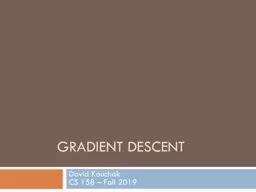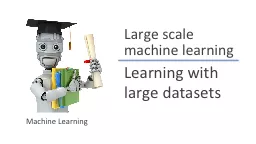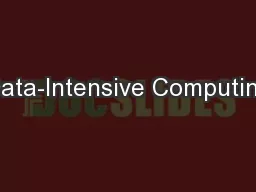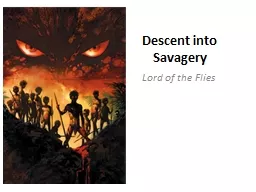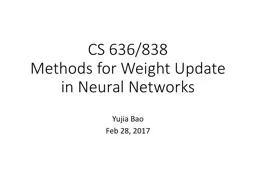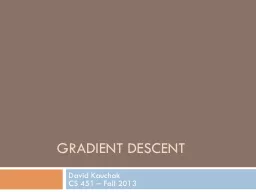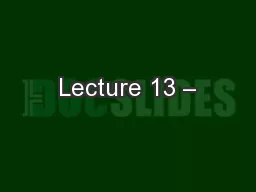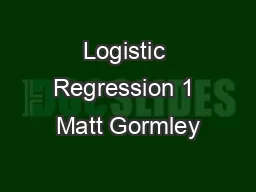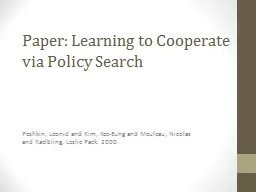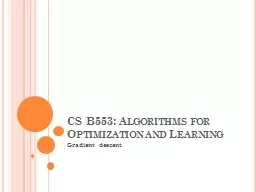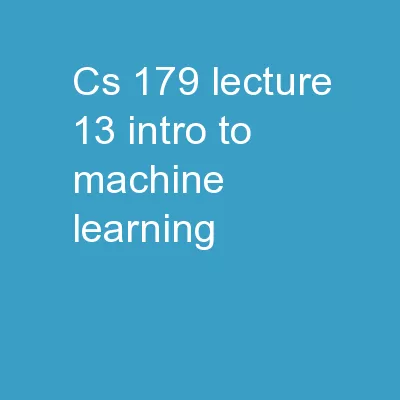PPT-Gradient descent David Kauchak
Author : stefany-barnette | Published Date : 2020-01-09
Gradient descent David Kauchak CS 158 Fall 2019 Admin Assignment 3 almost graded Assignment 5 Course feedback An aside text classification Raw data labels Chardonnay
Presentation Embed Code
Download Presentation
Download Presentation The PPT/PDF document "Gradient descent David Kauchak" is the property of its rightful owner. Permission is granted to download and print the materials on this website for personal, non-commercial use only, and to display it on your personal computer provided you do not modify the materials and that you retain all copyright notices contained in the materials. By downloading content from our website, you accept the terms of this agreement.
Gradient descent David Kauchak: Transcript
Download Rules Of Document
"Gradient descent David Kauchak"The content belongs to its owner. You may download and print it for personal use, without modification, and keep all copyright notices. By downloading, you agree to these terms.
Related Documents

